School Safety Champions: Maya and Juna
Youth-led gender-responsive approach in Disaster Risk Reduction and Climate Change Adaptation
In Nepal, 15-year-old Maya and Juna take the lead at their school to ensure a gender-responsive approach in all Disaster Risk Reduction (DRR) and Climate Change Adaptation (CCA) activities.
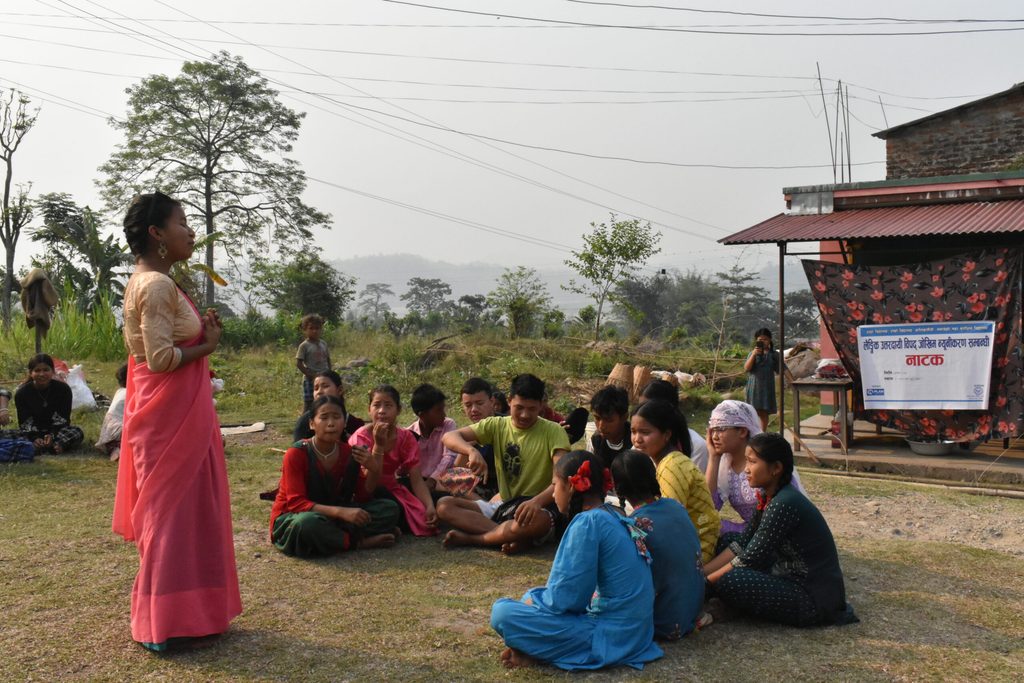
Maya, a 15-year-old girl from a marginalised community in Sindhuli, Nepal, faces numerous challenges in her pursuit of education. Living with her mother and brother, she studies in grade nine at a public school. However, the pathway from her village to the school is frequently damaged by hazards like floods, windstorms, and lightning, hindering her access to education. This is not only her challenges, but a common theme for most girls living in this region.
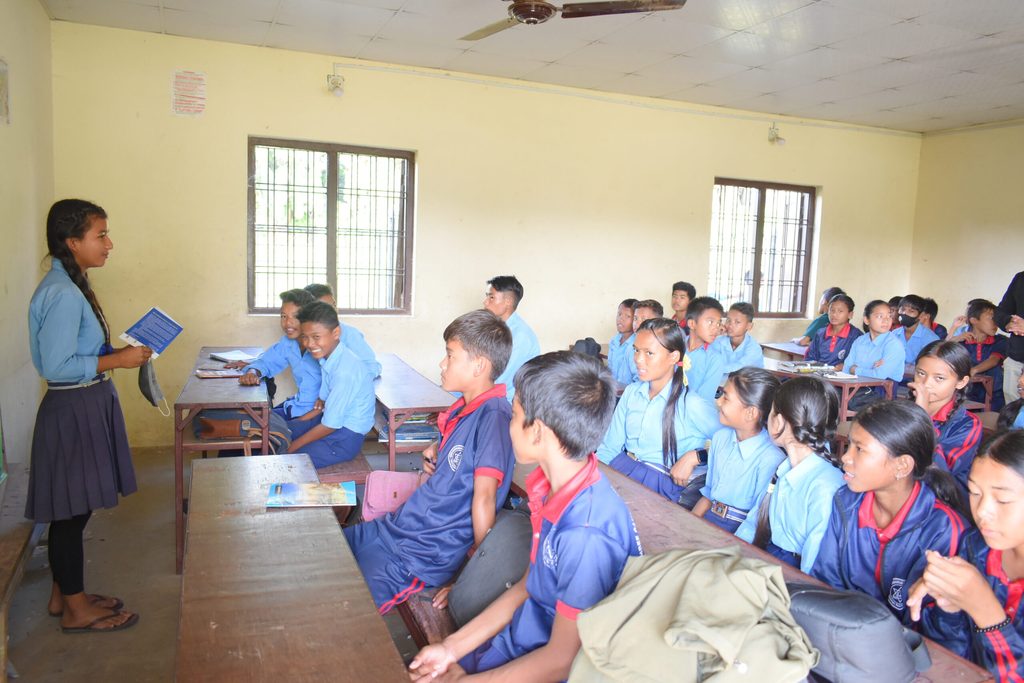
But this didn’t stop Maya from doing her best and reaching her full potential. After a three-day training on Basic First Aid, Maya now proudly serves as a member of the School Disaster Management Committee and the first-aid task force, with the new-found knowledge of first-aid principles and immediate preventive measures for sudden injuries. Maya also actively contributed to her school’s Learning Continuity Plan and Comprehensive School Safety Action Plan development workshop, gaining valuable insights into the essential preparedness measures for ensuring uninterrupted education during emergencies. She emphasized the importance of student involvement, advocating for their voices to be heard in the development of inclusive and effective plans and activities related to children’s concerns.
Maya expressed, “Through diverse trainings and workshops, with interactive sessions, games, and role-plays, I have gained the confidence to disseminate information about disasters, their impacts, and preventive measures to my community, parents, siblings, peers, teachers, and task forces. I feel empowered to take a leading role in promoting climate change adaptation, disaster risk reduction, and comprehensive school safety.”
“I feel empowered to take a leading role in promoting climate change adaptation, disaster risk reduction, and comprehensive school safety.”
Maya

In addition, Maya is actively involved in various initiatives within, and beyond her school. As a member of the Kishori Club, a girls’ club, she takes on the responsibility of educating her peers about disaster preparedness and shares her knowledge generously. She also jointly worked with other Safety Champions to develop household-level preparedness plans and handed them over to concerned households. She has recently supported handing over a leaflet on “Letter to Parents” to the students of her school during an assembly so that the students in return, make them aware of their schools’ safety.
Maya’s unwavering dedication to learning and her active participation in the GRSCSI project has earned her the esteemed title of School Safety Champion, recognising skills and expertise in DRR/CCA, and solidifying her status as a true champion and a young leader in this field.
“I’m honored to be chosen as a sponsored girl, which supported my education. My passion for learning and leadership has guided me on this path toward becoming a School Safety Champion,” Maya proudly explained. “It’s especially important that the program addresses the challenges girls face. I’m excited to apply what I’ve learned and contribute to creating a safer, more resilient school environment.”
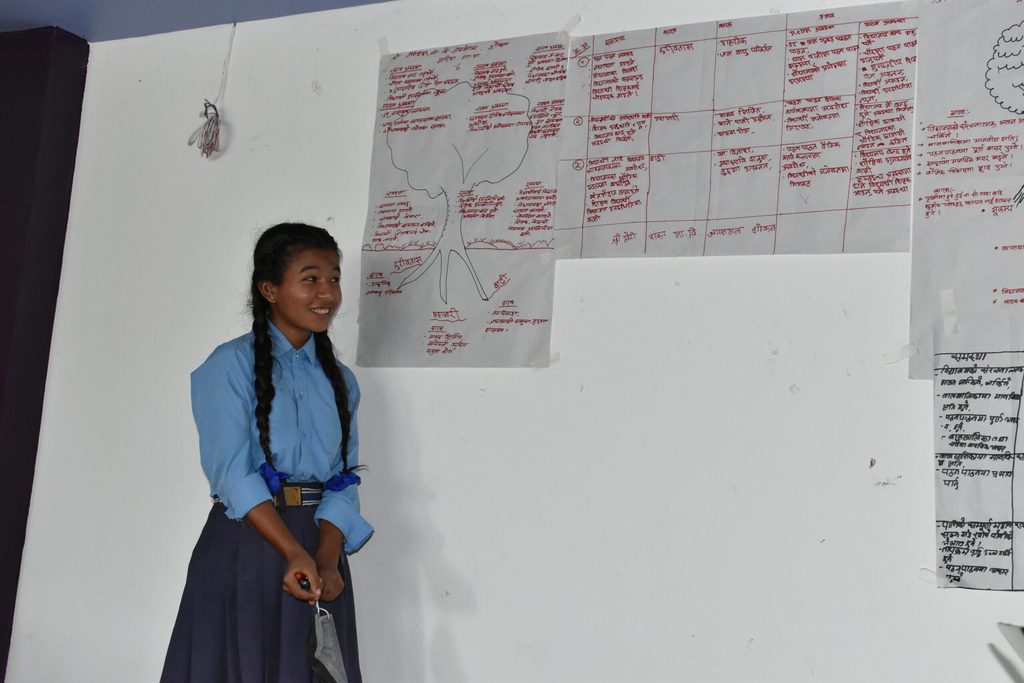
Similar to Maya, Juna, a 15-year-old resident of Nepal’s Sindhuli district, has firsthand experience of the devastating hazards that affect her community. From flooding and forest fires to droughts, thunderstorms, lightning, and wildlife attacks, such as those by elephants, her community faces recurring challenges.
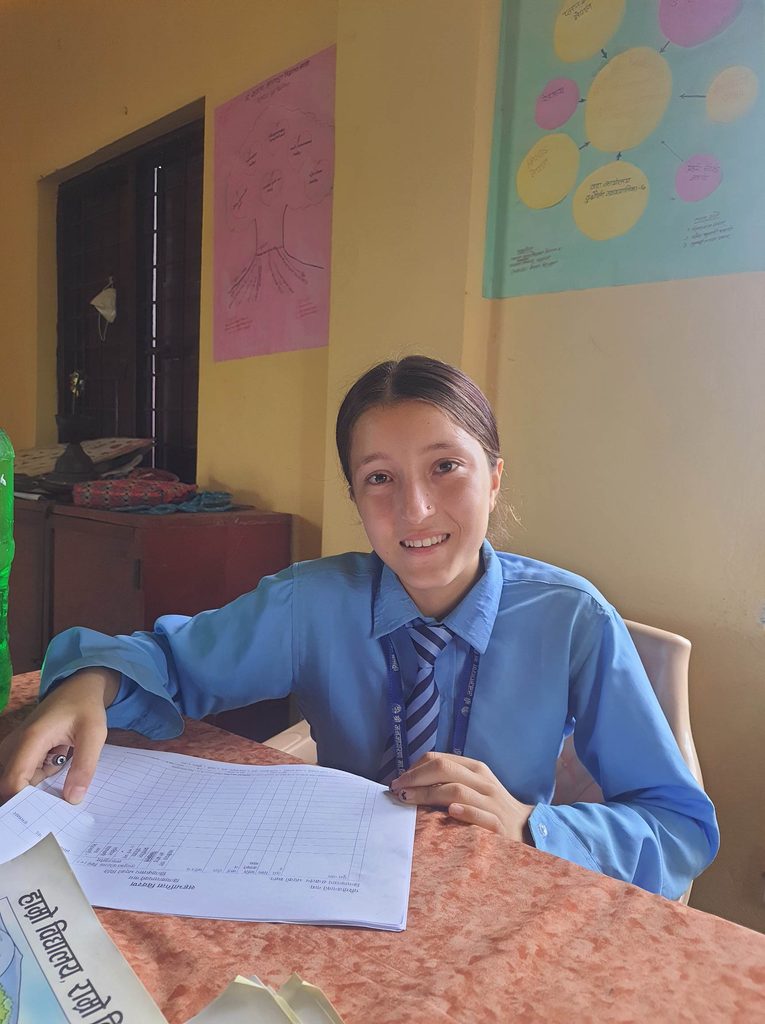
Being the chairperson of the Child Club, and later selected as a School Safety Champion, Juna was initially unaware of the necessary precautions and preparations for disasters. Through the project’s training, Juna now actively shares her knowledge on DRR, CCA, and gender issues through meetings, peer sessions, and within her school, community, and clubs. She takes the lead in organizing extracurricular activities and learning sessions, engaging students of all ages in games, debates, quizzes, and art activities related to DRR/CCA. These activities not only enhance students’ knowledge, but also bring joy and create a fun learning environment.
Despite being transferred from a public school to another due to upgrading, Juna continues to actively participate in her previous school’s admission campaigns. She plays a leading role in raising awareness about DRR and CCA through fairs, door-to-door campaigns, and drama performances. Juna supports various programs related to disaster management, preparedness, safe schools, and gender issues. Working alongside members of the Youth Club, they conducted a drama performance that highlighted the importance of disaster mitigation and gender considerations. The use of a comic book as a reference helped convey the message effectively, which is greatly appreciated by the community.
Juna’s dedication and active involvement demonstrates her belief in the ability of students to take initiative for disaster risk reduction. Through her leadership and engagement, she strives to make a positive impact on her school, community, and peers, ensuring that they are well-prepared and equipped to face the challenges posed by hazards.
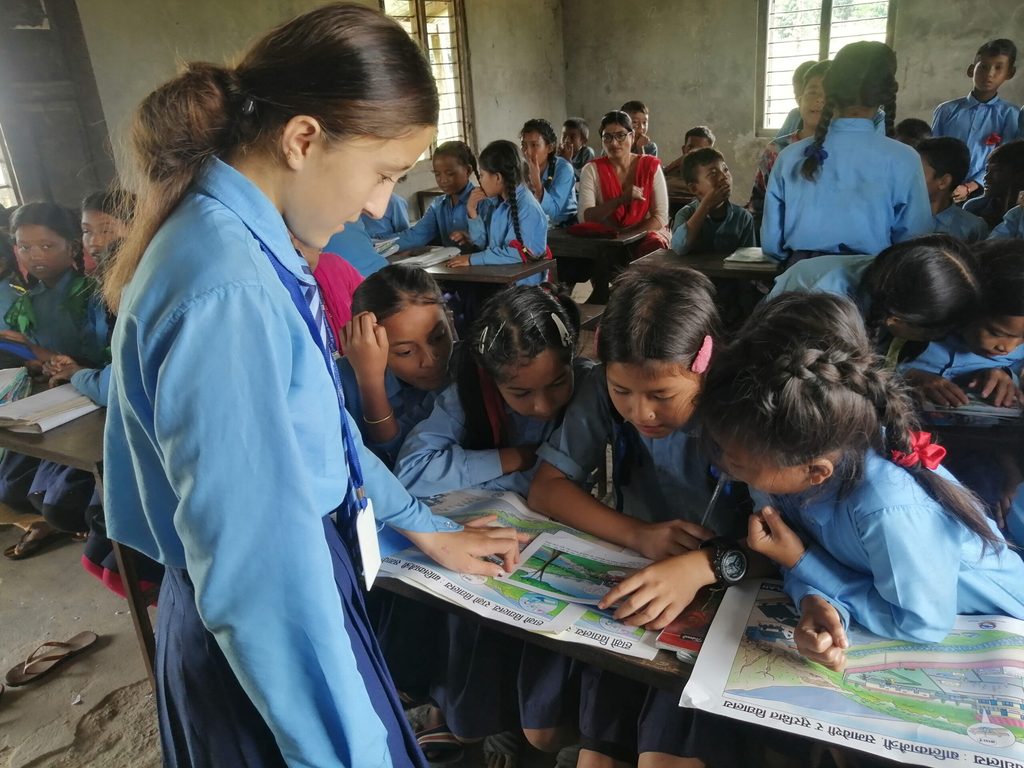
Gender Responsive School and Community Safety Initiatives (GRSCI) is a three-year project implemented in Nepal and Bangladesh. At her school, Maya and other students participated in the need assessment process through the MHRA app. Teachers and SMC members also participated in the gender-responsive DRR/CCA trainings, where School Safety Champions and Climate Smart Safe School Champions were selected and trained. The project also provided equipment for DRR/CCA learning center such as laptops, TVs, and extra-curricular activities (drama, drawing competitions, mock drills, etc.) to further encourage active participation.
Categories: Emergencies, Youth empowerment


